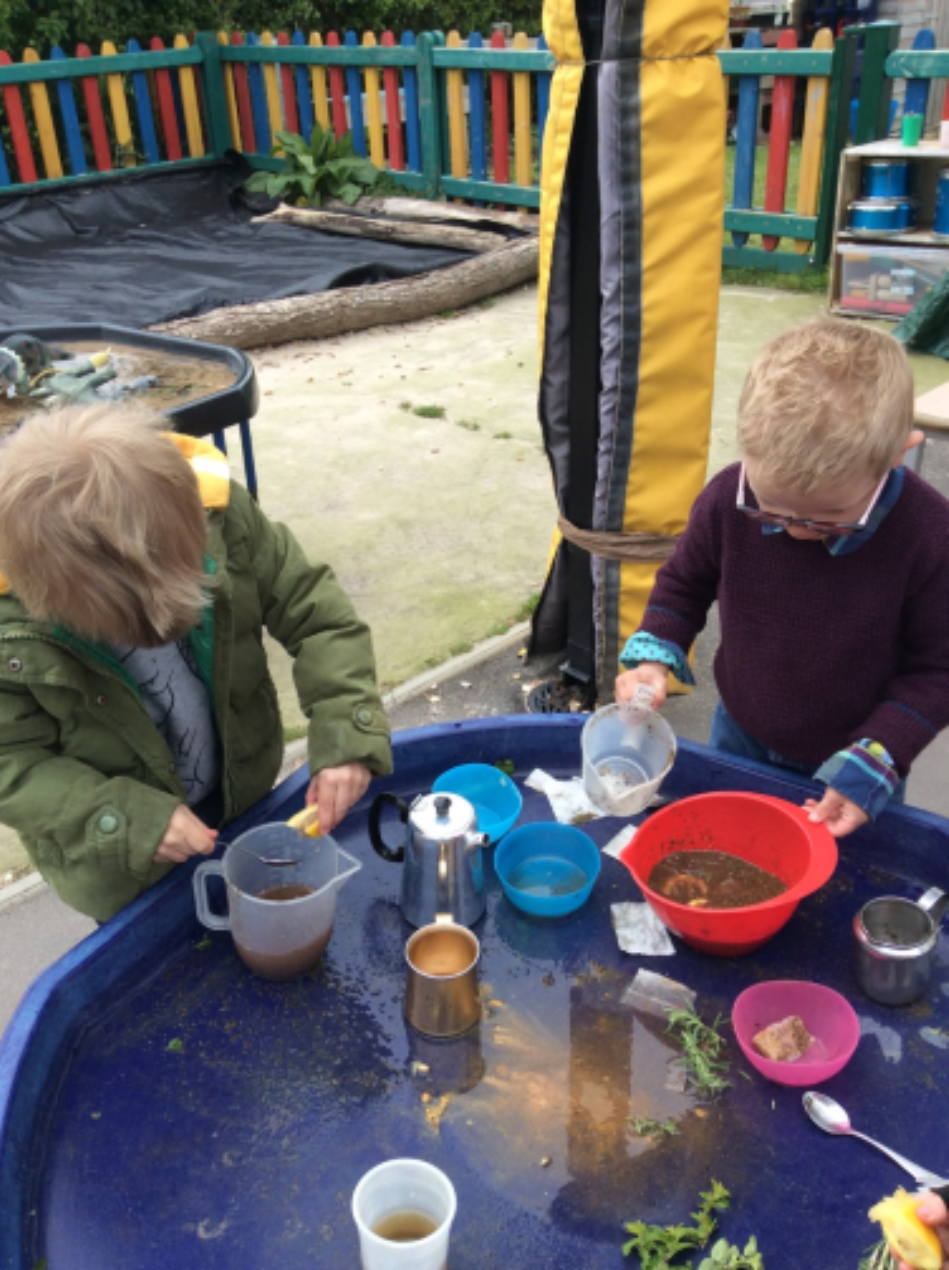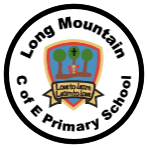Maths
Our Maths Mission: we want our children to become competent, determined and fluent mathematicians.
Rationale:
Maths is a key life skill; in all walks of life, people need to use maths as part of everyday living. We want our pupils to engage positively with maths learning. They will learn to use their mistakes as learning opportunities. They will be taught to see ‘real life applications’ for the maths they are learning and to make cross-curricular links where appropriate. They will develop problem-solving skills through multiple opportunities to prove and justify their thinking.
NC Purpose of Study:
Maths (It) is essential to everyday life, critical to science, technology and engineering, and necessary for financial literacy and most forms of employment. A high-quality mathematics education therefore provides a foundation for understanding the world, the ability to reason mathematically, an appreciation of the beauty and power of mathematics, and a sense of enjoyment and curiosity about the subject.
Intent:
It is our intent to deliver a maths curriculum which is broad, ambitious and knowledge-rich and which equips children for life in modern Britain as compassionate, enthusiastic and successful learners.
In line with our key curriculum drivers, maths provides opportunities to be:
- aspirational (seeing how maths can be applied, learning about inspirational mathematical knowledge, being ambitious to achieve)
- whole heartedly healthy (we know that embedding a growth mindset through puzzling out problems with determination will lead to increased self-confidence. Maths provides huge opportunities to develop learning determination)
- making connections (linking maths to meaningful contexts)
Implementation:
We teach using Maths Mastery principals throughout the school, starting in Reception.
•Year 1 and 2 continue this approach and follow the White Rose Maths schemas.
•In Key Stage 2, we have a 'spiral curriculum' underpinned by White Rose.
•Times Table Rock Stars is used to support the rehearsing and fluency of multiplication tables throughout the school.'
What do maths lessons look like in our school?
We use an adaptive teaching approach to teach maths. We have high expectations of all our pupils and seek to enable everyone to achieve a good understanding and depth of learning.
Our learning sequences follow this model:
- Activate prior knowledge (what do we already know that will underpin our new learning?)
- Explicit strategy instruction (teachers teaching new maths content)
- Modelling of the strategy (lots of chances to see examples and non-examples of the strategy being talked through)
- Memorisation of strategy (time to embed this new learning – rehearse it and know it)
- Guided practice (opportunities to practice this new learning with support – working together, or with supportive resources/reminders, and then moving towards greater independence)
- Independent practice (children working through the strategy with independence – teacher will be there to unpick misconceptions and support or extend children as needed
- Structured reflection (children will reflect on their learning – what has worked? what could be done differently next time? what still needs more input or opportunity to practice?)
This sequence may take place over several days – you will not necessarily see all these elements in one discrete maths lesson. We know that learning does not take place in neat ‘lesson sized’ chunks: learning takes place over time and is only secure when children know and remember more. In maths, deep learning is seen when children can use and apply their learning in a variety of contexts e.g. in a worded question or a reasoning/problem solving context.
What do early years maths lessons look like and what is maths like in our pre-school?
In pre-school, staff support children's development through 'planning in the moment'. This enables children to learn through their play and interests. There is lots of opportunity to develop mathematical language and concepts through play. For example, pre-schoolers regularly make their own playdough and use measuring and capacity skills to do so. Playing with water and sand helps children develop language to compare size, capacity, weight etc.

In our Reception class (Class 1), children have a daily maths lesson as well as multiple opportunities to embed their maths learning through continuous provision (the resources/areas that are out in the classroom) and play. They use lots of different equipment (Numicom, multilink, counters, beads etc) to become confident at subitising (recognising a group of numbers is 4, for example) and counting. Lessons include a balance of practical work and written work.
Whole class taught maths lessons
What will you see in our maths lessons?
- tasks that require the children to remember prior learning (these may be whole class discussions, quick low stakes quizzes, Kahoot quizzes, short focused tasks etc)
- direct teaching to explain, model and practice new learning
- emphasis on vocabulary – knowing and using mathematical terms appropriately is key to being able to understand and explain maths concepts
- opportunities for children to work at new learning e.g. practising a method, working through lots of examples, applying learning to worded problems or reasoning tasks etc
- lots of questioning! Our teachers use questions to explore how well new concepts are understood.
- mistakes. Making mistakes is key in maths – it is one of the key methods by which we refine and improve our deep understanding. If children aren’t making some mistakes, they are probably not growing their knowledge. We value mistakes – they are expected, respected & inspected.
- high expectations of good presentation (accurate, neat layout of calculations; carefully written sentences – when needed to explain something; neat use of a ruler)
- talk about having a good growth mindset (I can’t do this yet… This is tricky but I will keep going…)
- TAs working to support and challenge mathematicians in the class
How do we support less confident mathematicians?
1. Pre-teach key vocab
2. TA/Teacher support during the lesson
3. Provide a smaller number of questions to enable the student to focus on key elements
4. Provide suitable models, concrete apparatus and scaffolding to support learning.
5. Build independence through fluency tasks which promote success and support next steps.
Inclusion is a right – children should not routinely be withdrawn from whole class maths sessions. Occasionally, a child’s specific needs will be best met with an individualised curriculum; this will be appropriately planned, and the class teacher will maintain oversight of the teaching and learning for this curriculum.
How do we extend more confident mathematicians? breadth and then depth
1. Use questioning to drive forward understanding.
2. Opportunities to deepen understanding through giving children multiple, different contexts to apply their learning.
3. Use questions and tasks that require detailed maths reasoning and explanations.
We do not extend able mathematicians by giving them bigger numbers or getting them to do many more calculations – this isn’t real maths challenge. We want to deepen understanding and enable our pupils to relish the challenge of puzzling out maths challenges which require them to reason and explain their thinking.
Where/How do we record what is going on in maths?
All children have maths books (with squared paper). The written outcomes of their learning will be in these books.
Some maths practice may take place on an iPad (for example) and the teacher will have the ability to refer to a child’s outcomes in a given app e.g. TT Rockstars.
How do we assess maths at Long Mountain?
NTS assessments 3 times a year* for summative assessment.
*Where Y2 and Y6 have national end of year assessments, these are used instead to track progress and attainment at Working Towards age related expectations (WT),working at age related expectations (EXP), or exceeding age related expectations (EXC).
Teachers use test scripts diagnostically to influence planning and improve outcomes.
